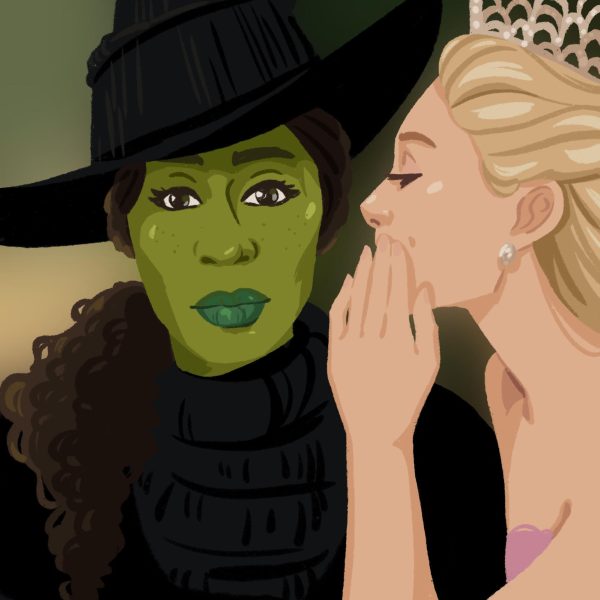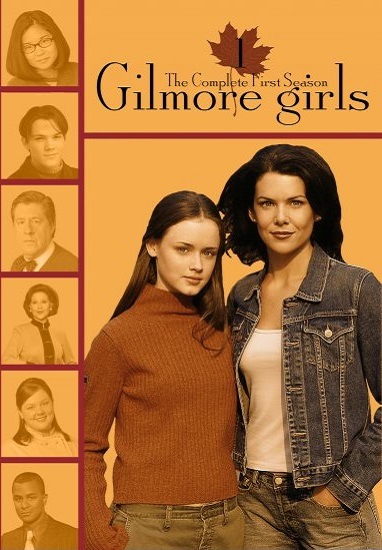“Avatar: The Way of Water” gets well-deserved Oscar nomination
The sequel to the iconic 2009 film lives up to the “Avatar” name, however some elements were executed poorly
Film poster for theatrical release
Rating: 3.5/5
Spoilers of the film ahead, proceed with caution.
When I was four years old, my Oma (grandmother) allowed my brothers and I to watch the new “Avatar” movie. I sat two feet from the television in the loft area of the family cabin with my eyes glued to the screen. While I didn’t understand the movie, I recognized the words that the tall blue people were using were NOT for me to say.
When my parents came back, they were met with three tiny humans saying, “Oma let us watch a movie with bad words in it!” They weren’t happy about that.
Before the release of the sequel, the first “Avatar” film was my least watched, but favorite movie. The beautiful animation mixed with the intricate development of the storyline made for a solid movie night.
When I heard the next one was coming out, I was stoked. I bought the tickets and counted the days until I would be sitting in front of the movie screen, drowning myself in soda and movie-theater popcorn.
If I could describe “Avatar: The Way of Water” in one word, it would be “beautiful.” There’s no wonder it’s been nominated for four Oscars: Best Picture, Best Visual Effects, Best Production Design and Best Sound.
The animation is executed so naturally. Within the first 15 minutes of the movie, I completely forgot the entire film was CGI. While the film was almost three hours long, the storyline was incredibly well-paced. After watching the movie, I didn’t feel like I had been looking at a screen for that long.
The movie tells the story of Jake Sully protecting his family as his children learn the ways of the Metkayina people, who are essentially the ocean version of the Omaticaya people from the first movie.
The message director James Cameron is trying to get across to the audience is one of preserving Mother Nature and protecting indigenous life. The execution of portraying this issue, however, was telling a story of indigenous struggles with a white man coming in to save the day. It enforces the idea that indigenous peoples need the aid of white people. Jake Sully is a common trope in movies, called the “white savior.”
The white savior trope is when a white character, normally the main character, saves non-white (or presumed non-white) characters from miserable situations. While Jake has neglected his human form, he still is seen as a non-native Na’vi. The trope still applies to him.
Lo’ak, Jake’s second son, develops a strong connection with a tulkan – a whale-like creature that is seen as the Metkayina people’s spiritual family – that perfectly mimics his own struggles as an outcast.The connection between these two beings adds such beautiful depth to the plot that perfectly fits with Lo’ak’s story and character development.
While it was still sad, Neteyam’s death was horribly predictable. The trope of the older, wiser brother dying and the younger, more naïve, brother taking the blame is used so often in movies it doesn’t even shock me anymore.
Choosing to bring back Sigourney Weaver to play her character, Grace Augustine’s, daughter, was a very wise choice by the casting team. It brings a more personal connection to the character Kiri, who was animated to look similar to Weaver. I only wish we got an explanation of Kiri and who she is. How did Grace get pregnant? How can she connect to Eywa better than any other Na’vi?
Putting aside those flaws, the beauty of “Avatar: the Way of Water” is not lost on any audience. CGI and meaningful connections with nature truly made this movie great.

Hello! My name is Veronica Meiss and I am the Web Editor-In-Chief of the Northwest Passage. My whole life is practically in room 151. On the rare occasion...





